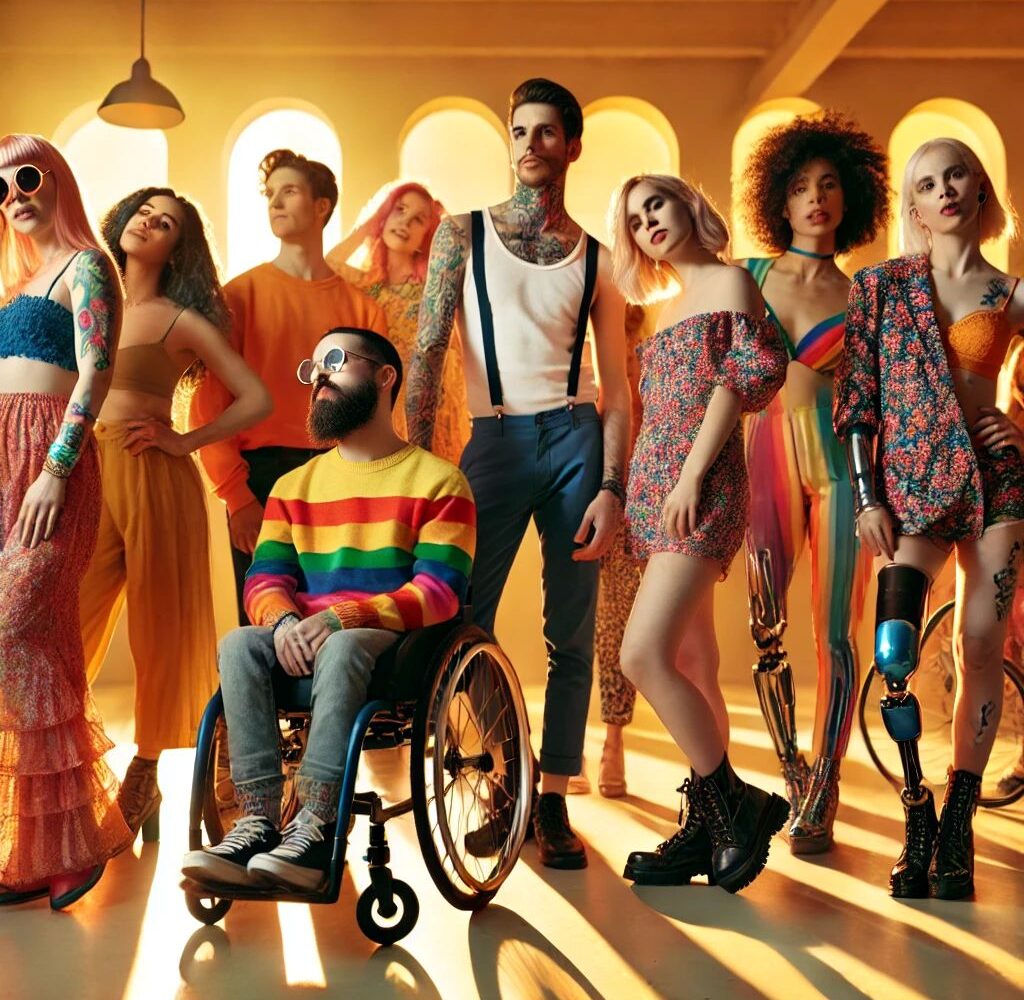Sexuality and Disability: Empowering Sexual Expression for People with Disabilities
The topic of sexuality and disability covers a complex, often overlooked aspect of human life—the sexual rights, desires, and practices of individuals with disabilities. Like everyone, people with disabilities experience a range of sexual feelings and aspirations, but these can be uniquely impacted by both physical and societal barriers. One of the most persistent misconceptions is that people with disabilities are asexual or lack the capacity to have sexual relationships. This myth is not only incorrect but also harmful, as it limits access to necessary resources, education, and support systems that can enhance the quality of life for disabled individuals. In this article, we will examine the intersection of disability and sexuality, discuss challenges, provide practical strategies, and highlight the evolving perspectives aimed at empowering people with disabilities to experience fulfilling sexual lives.
The Misconception of Asexuality and Disability
One of the main obstacles to sexual expression for people with disabilities is the prevalent societal belief that individuals with disabilities are inherently asexual. Often treated as childlike or incapable of romantic or sexual feelings, many disabled individuals face restrictions on their autonomy and rights to engage in relationships or receive comprehensive sex education. This misconception stems from a historical bias against sexuality, which was originally rooted in religious and puritanical beliefs that limited sexual expression to procreation.
However, sexuality is a universal human experience. Numerous studies indicate that people with disabilities have similar sexual desires as the general population. They seek love, connection, intimacy, and pleasure. While some individuals may identify as asexual by choice, it is unfair and incorrect to apply this label universally to everyone with a disability. Recognizing that people with disabilities have diverse sexual orientations and desires is fundamental to creating a more inclusive and supportive society.
Barriers to Sexual Expression
People with disabilities face unique barriers to sexual expression, which can be broadly categorized into physical, social, and psychological challenges.
- Physical Barriers: Many disabilities affect sexual function, mobility, and sensation, requiring adaptive strategies for sexual activity. Innovations like assistive devices and specialized sexual aids have opened new possibilities for physical intimacy.
- Social Stigmas and Psychological Barriers: The social stigma around disability and sexuality often leads to a lack of access to resources, contributing to isolation and low self-esteem. Negative perceptions can impact confidence in relationships.
- Educational Barriers: Access to sex education for people with disabilities is often limited. Traditional programs rarely address their unique needs, leaving many without knowledge of safe sexual practices, consent, and sexual health.
Adaptive Strategies for Fulfilling Sexual Relationships
Despite these barriers, people with disabilities employ a variety of creative approaches to engage in satisfying sexual relationships. Some examples of adaptive practices include:
- Use of Sex Toys and Assistive Devices: Innovations in sexual aids cater to diverse disabilities, enabling individuals to experience pleasure more comfortably.
- Sexual Position Adaptations: Supportive devices like cushions can enhance accessibility and enjoyment.
- Sensory and Non-Penetrative Intimacy: Non-penetrative practices such as massage and sensory stimulation can foster emotional and physical connections.
- Partner Communication and Consent: Open communication with a partner is essential to maintain a healthy relationship that respects comfort levels and boundaries.
Seeking Professional Support and Resources
Therapists, counselors, and sex educators specializing in disability can be incredibly valuable in helping individuals overcome psychological barriers and explore adaptive techniques for sexual activity. Additionally, some may work with sex workers, who provide non-judgmental companionship in a controlled, supportive environment.
Changing Perspectives and Moving Towards Inclusivity
Thankfully, societal attitudes around sexuality and disability are gradually evolving. Public awareness campaigns and advocacy efforts are creating inclusive viewpoints, with social media hashtags like #DisabledAndSexy challenging stereotypes and showcasing diverse expressions of intimacy.
Practical Steps for Advocates, Educators, and Families
There is a collective responsibility to empower people with disabilities to experience fulfilling sexual lives. Here are practical steps for advocates, educators, and families:
- Comprehensive Sex Education: Inclusive sex education that addresses the needs of people with disabilities should cover consent, safe practices, and adaptive techniques.
- Promoting Body Positivity and Self-Esteem: Celebrating the strengths and unique qualities of disabled individuals fosters self-confidence and comfort.
- Advocating for Rights and Representation: Policies should support the sexual rights of people with disabilities in healthcare and media.
- Providing Accessible Resources: Healthcare providers can offer accessible information on safe practices and adaptive devices.
Conclusion
Sexuality is an integral part of human identity, and individuals with disabilities deserve the right to explore and express this part of their lives without stigma. By providing education, resources, and support, society can empower disabled individuals to experience intimate relationships that fulfill their emotional and physical needs. Supporting these efforts not only fosters inclusivity but also strengthens our shared humanity, ensuring everyone has the right to love and be loved in meaningful ways.

